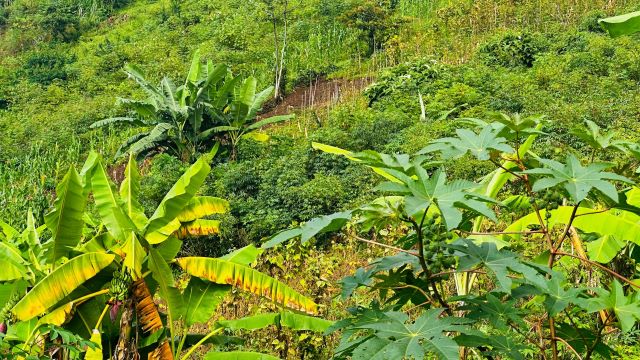In the heart of Africa, where the Great Rift Valley meets the high plateaus, Burundi’s protected lands shelter an intricate web of life. Though often overlooked by the broader travel maps of the continent, the country’s national parks and reserves reveal a spectrum of landscapes—mountain rainforests, vast wetlands, riverine forests, and highland savannas—each with its own rhythm and inhabitants.
Kibira National Park
Stretching across the mountain ridges in Burundi’s northwest, Kibira National Park is a rainforest that cloaks the summits in dense green. Mist often gathers in the canopy before drifting down into the valleys, where the call of the great blue turaco rings out in the early hours. More than 200 bird species have been recorded here, along with red-tailed monkeys moving in the shadows of towering mahogany and fig trees. Narrow trails wind through the undergrowth, their damp soil carrying the imprint of both human and animal passage.
Rusizi National Park
At the western edge of the country, near the border with the Democratic Republic of Congo, Rusizi National Park unfurls along the banks of the Rusizi River. Its mosaic of wetlands and open water forms a habitat for hippos that surface in the shallows and Nile crocodiles that warm themselves on sunlit banks. The African fish eagle patrols the skies above, its cry cutting across the low hum of insect life. From certain vantage points, the park offers sweeping views of Lake Tanganyika—its deep blue surface stretching toward the horizon, one of the deepest and oldest lakes on Earth.
Rurubu National Park
Quieter than its counterparts, Rurubu National Park lies in a region where riverine forests give way to open savannah. The Rurubu River winds through the park’s center, its banks lined with reeds that sway under the weight of kingfishers and herons. African elephants, though elusive, leave their mark in trampled grass and broken branches, while antelope move in cautious herds across the open plain. The park’s stillness is broken only by the rustle of leaves or the low call of wildlife hidden in the brush.
Bururi Nature Reserve
South of the capital, the Bururi Nature Reserve rises over a landscape of rolling hills and forested slopes. Rich in biodiversity, the reserve shelters rare flora alongside the Burundi red monkey, a primate found only in this region. Footpaths lead to vantage points where the valleys unfold in a patchwork of green, punctuated by the calls of forest birds. Conservation efforts here remain essential, protecting both the habitats and the species that depend on them.
Together, these parks offer a portrait of Burundi’s natural heritage. They are not only sanctuaries for wildlife but also living records of the country’s ecological history—places where rivers, forests, and grasslands have endured through shifting seasons and generations. In their preservation lies the promise of sustaining both biodiversity and the landscapes that define the nation’s wild heart.
Sources:
- Republic of Burundi, Ministry of Environment, Agriculture and Livestock. Biodiversity Strategy and Action Plan, 2022.
- BirdLife International. Important Bird Areas in Burundi. BirdLife Data Zone, 2023.
- United Nations Environment Programme. Protected Planet: Burundi, 2022.


